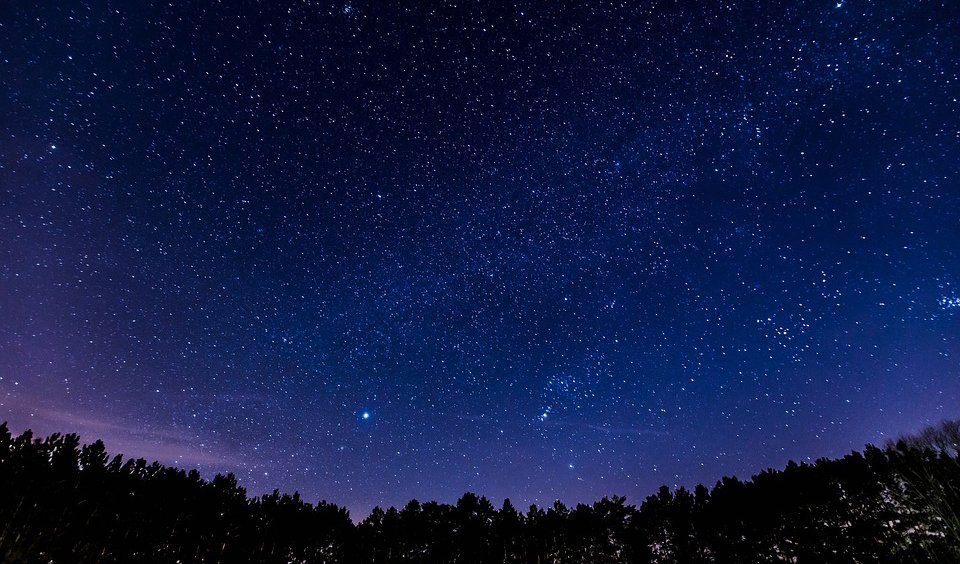

On the left, we see a video of a star recorded on Mount Fuji in Japan - the star appears to be bouncing chaotically due to a turbulent sky.

In the images above we see the difference very clearly: both skies were clear when the images were taken, but one (on the left) was more turbulent than the other (on the right). Images adapted from CERES MountainQuest! activity Whenever is possible to combine altitude and mostly dry weather, they have a good spot for a telescope. When that’s not possible, they try to find the dryness by placing the instruments at a high altitude. Usually, this means an environment whose climate is very dry. So they look for the “best sky” to avoid the phenomenon. Different skiesįor astronomers, twinkling can be quite problematic. They use instruments to measure the turbulence and use it to try to estimate a future outcome. That’s the reason why planets twinkle less (or almost don’t twinkle at all) - they are closer and it makes them ‘bigger’ compared to the turbulence.įortunately, atmospheric scientists developed a way to monitor changes in the refractive index of the atmosphere due to turbulence. But the light of a smaller object (or one that’s farther away) will be affected as it crosses the turbulent air. If this is happening quickly and in multiple places, it can make objects appear twinkling.ĭue to scale differences, if an astronomical object is large enough compared to the turbulence, it won’t affect the way we see it. The different refraction index in water (versus air) makes objects appear bent. So the turbulent sky, constantly changing the refractive index makes stars appear to be moving, so they twinkle, or scintillate. When the atmosphere is turbulent in a region, the refraction angle is not constant, so light can change path quickly.Īltering the refractive index changes the apparent position of objects, just like the straw in a glass of water experiment, it looks bent. When light passes through any medium (including the Earth’s atmosphere), some of it is reflected back, while some passes through the atmosphere, but at a different angle - something called refraction. The vertical scale of the wavefronts plotted is highly exaggerated. Scintillation Schematic diagram illustrating how optical wavefronts from a distant star may be perturbed by a layer of turbulent mixing in the atmosphere. This is more pronounced near the horizon than directly overhead since light rays near the horizon pass through denser layers of the atmosphere, but twinkling (technically called scintillation) can be observed on all parts of the sky.īut there’s more to this story. When it comes to stars, twinkling is caused by the passing of light through different layers of the turbulent atmosphere. These moving pockets of air can create turbulence, and in the process, they also distort light that passes through them.


 0 kommentar(er)
0 kommentar(er)
